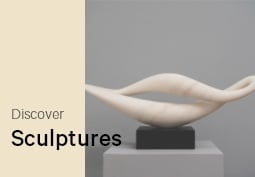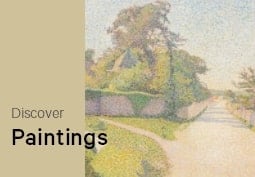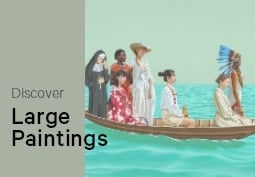Articles and Features
Art Movement: Zero Group

By Shira Wolfe
“Zero is silence. Zero is the beginning. Zero is round. Zero spins. Zero is the moon. The sun is Zero. Zero is white. The desert Zero. The sky above Zero. The night”.
Excerpt from a 1963 poem by Heinz Mack, Otto Piene, and Günther Uecker
What was the Zero Group?
The Zero Group was a loosely knit group of artists that emerged in Germany and spread to other European countries in the 1950s, led by Heinz Mack, Otto Piene, and Günther Uecker. The artists came together with the collective desire to move away from subjective postwar movements like the French Art Informel and Tachisme. The main idea was to create art that was purely about the work’s materials and the world in which those materials exist, de-emphasising the role of the artist’s hand with focus was on light and space.
Key period: 1957-1966
Key regions: Germany
Key words: light, space, participation
Key artists: Heinz Mack, Otto Piene, Günther Uecker, Yves Klein, Piero Manzoni, Lucio Fontana, Yayoi Kusama, Jean Tinguely
The Zero Group’s Artists
Various avant-garde movements in Europe, Asia, North and South America shared similar aims as the German Zero Group. ZERO, written in capitals, refers to the international movement, with artists from Germany, Italy, the Netherlands, Belgium, France and Switzerland.
In the Netherlands, there was Nul, with artists like Armando, Jan Henderikse, Jan Schoonhoven, and Herman de Vries at the helm. In France, the Nouveaux Réalistes included artists like Yves Klein, Arman and Daniel Spoerri. In the Italian Azimuth movement, the main proponents were Piero Manzoni and Enrico Castellani. Another important Italian artist associated with ZERO is Turi Simeti, known for his monochrome shaped canvases and focus on light, geometry and colour. The Japanese Gutai group included artists like Jirô Yoshihara, Shozo, Shimamoto, Kazuo, Shiraga, and Atsuko Tanaka. The Japanese artist Yayoi Kusama, known for her vibrant polka-dot work, and Swiss artist Jean Tinguely, known for his kinetic art, were also associated with the Zero Group. Yves Klein, Piero Manzoni and Lucio Fontana worked very closely with the Zero Group’s inner core. Fontana, a generation older than the other associated artists, is considered to have been a kind of father figure to the group
Many of these artists participated in events by the Zero Group, and in turn, included Zero artists in their activities. There was a strong focus on collaboration and participation, moving away from art production limited to the individual.
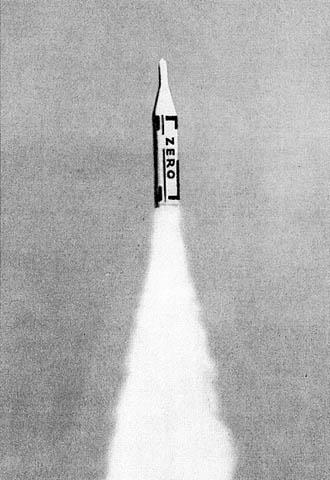
“Immediate experience comes only when we ourselves participate. To obtain widest participation, the production of art must cease to be limited to the individual, as it has been until now.”
Günther Uecker
The Zero Group’s Exhibitions
Since there was no gallery system in postwar Germany to support avant-garde artists, the artists had to create many exhibitions themselves. Mack and Piene therefore developed their own means to promote and display their art. They would host one-evening pop-up exhibitions. The first one was held at Piene’s studio in Düsseldorf on April 11 1957. After the fourth pop-up exhibition, a meeting was held and the name Zero was chosen for the group.
Piene explained the choice of name as follows: “From the beginning, we looked upon the term not as an expression of nihilism—or a Dada-like gag, but as a word indicating a zone of silence and of pure possibilities for a new beginning as at the count-down when rockets take off—zero if the incommensurable zone in which the old state turns into the new.”
Exhibitions were often held at Galerie Schmela in Düsseldorf, one of the three new galleries at the time, and three ZERO magazine catalogues were published. ZERO 1 (April 1958) contained artists’ writings on colour, colour as light articulation, and monochrome painting. ZERO 2 (October 1958) was published on the occasion of the eighth evening exhibition and focused on the relationship between nature, man and technology. ZERO 3 (July 5, 1961) was published on the occasion of the exhibition “Edition, Exposition, Demonstration” at Galerie Schemla.
Institutional Attention
Zero began to receive institutional attention towards the end of the ’50s. In 1959, the important exhibition “Vision in Motion – Motion in Vision” was held in Antwerp. In 1962, the Stedelijk Museum in Amsterdam staged the first museum presentation of Zero, and in 1965, the more comprehensive survey Nul followed. In 1964, Mack, Piene and Uecker created an installation for dOCUMENTA 3 entitled Lichtraum (Hommage à Fontana). Various automated sculptural objects were equipped with timers to turn on, move and light up in a choreographed display, and at one point a projection of a Fontana painting appeared on the wall.
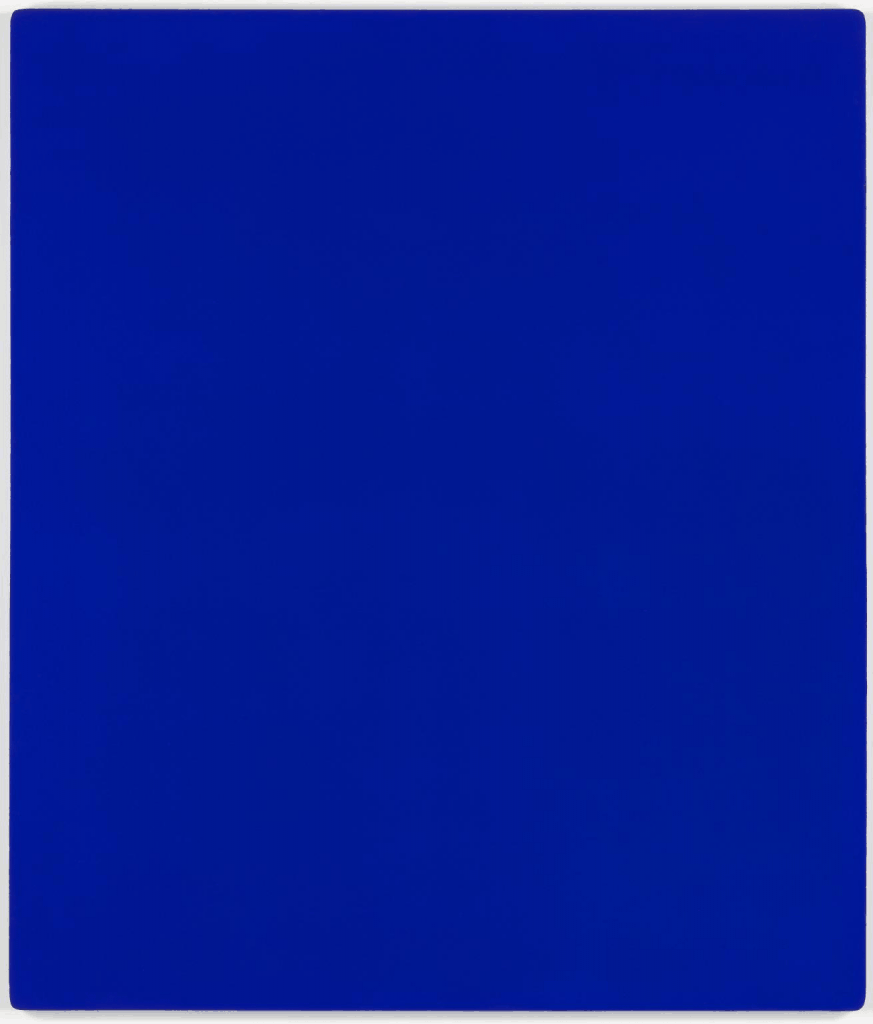
Key areas of artistic exploration
For the artists of the Zero Group, key areas of exploration were colour (mostly monochrome), light, motion, space and seriality. The artists favoured monochrome colours for various reasons: for one thing, it was a departure from the expressionistic and abstract works by postwar movements like Art Informel. Secondly, they used colour to explore light, emphasising the surfaces, highlights and shadows of works. Light was explored through, for example, Mack’s 1950’s Licht-Reliefs (light reliefs), Lichtkuben (light cubes), and Lichtstelen (light pillars). The Zero artists used seriality as a way of organising space and suggesting limitlessness, and the movement took the forefront in the works of artists like Tinguely.
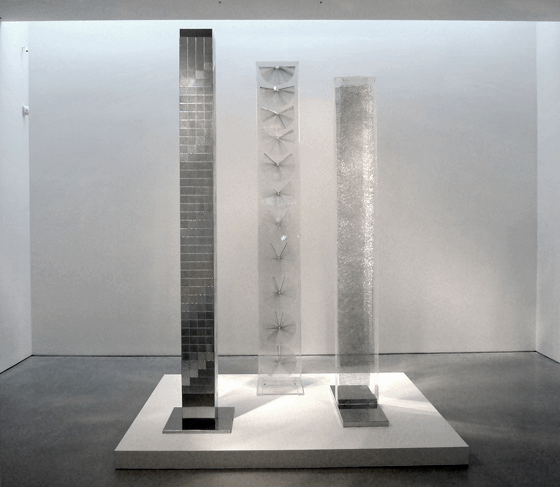
The end of Zero
In 1966, the group separated and the artists continued on separate ways. They ended their collaboration with one final joint exhibition at the Städtische Kunstsammlungen in Bonn, alongside an evening Zero festival. At this event, a wagon was set on fire and rolled from the train station into the river Rhine, where it sank to the bottom of the river. Mack described this event as “an ending that I found just as liberating as the beginning of Zero”.
Relevant sources to learn more
Tate
Stedelijk Museum
Read more about Art Movements and Styles Throughout History
In Praise Of The Ellipse: A Tribute to Turi Simeti
